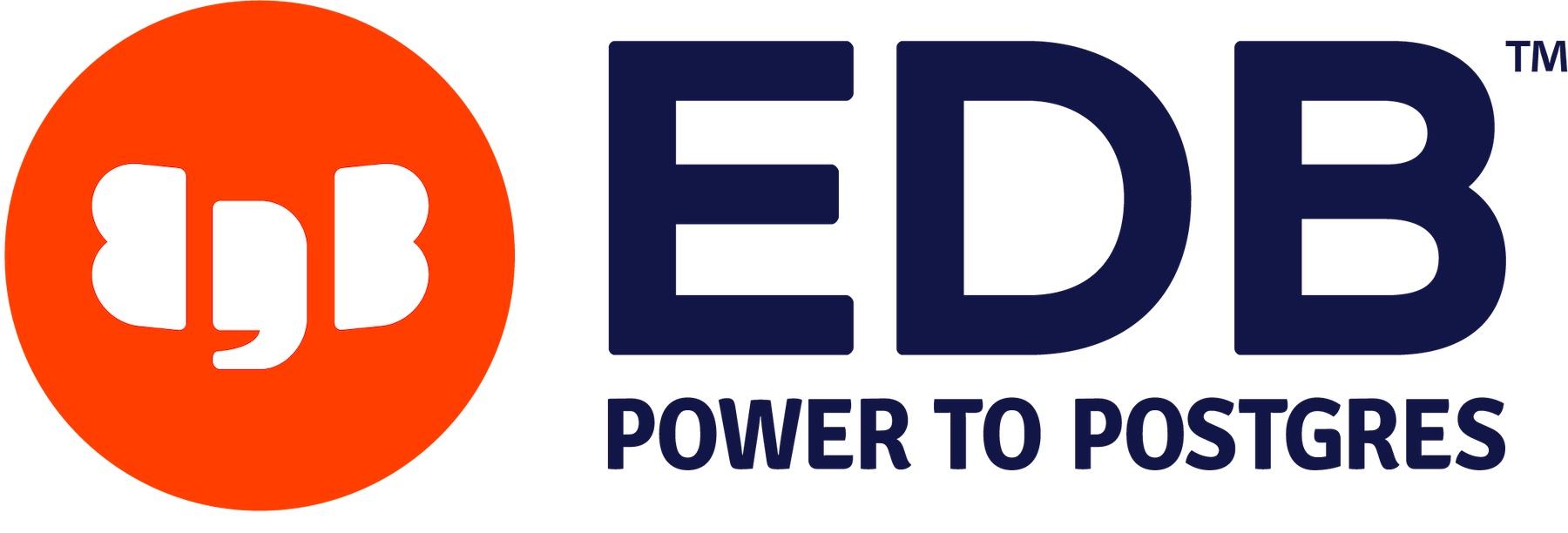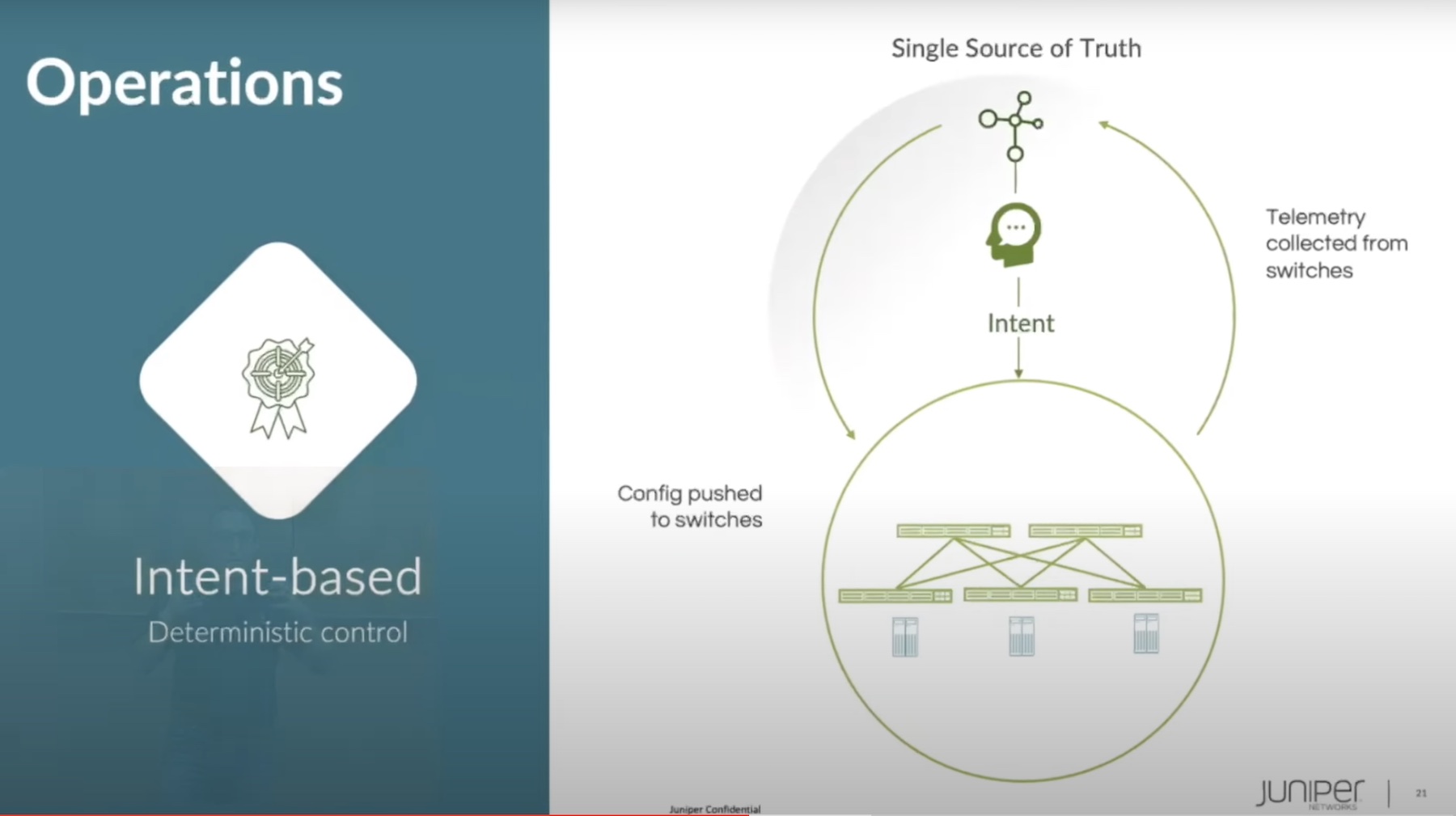Juniper installed backdoor For NSA, NetApp goes ‘storageless’, hackers hunting for Oracle exploit and Starlink releases open Beta. We’ll talk about all this and more on this week’s Rundown!
Amazon Launched new GPU Instances
Amazon is putting out bigger, better GPU instances this week. The new offering is powered by Intel Cascade Lake processors and eight of Nvidia’s A100 Tensor Core GPUs. Amazon is calming a 2.5x performance increase for deep learning performance and the result should be 60% less cost to train new models. The price currently around $32/hour but does go down if you book it for increments up to a year.
Maze Ransomware Network Shuts Down
The Maze ransomware crew has decided to call it a day. The group, which has gained notoriety for working with other malware creators more like business partners than competitors, issued a statement on their website Sunday stating they were terminating operations after being founded just over a year ago. Researchers have a couple of different theories for the message, ranging from law enforcement closing in to them closing up shop to move to a new handle and start up again.
If you thought you hated waiting for your favorite website to load, think of how NASA feels. This week NASA was finally able to communicate with Voyager 2 after eight months of silence. The only satellite capable of reaching the space probe has been down for hardware upgrades until now. NASA was able to send out a command 11.6 billion miles to the 43-year-old Voyager. The signal took 34 hours round-trip to receive the affirmative response.
Honeywell Releases New Quantum
Honeywell announced this week that they have produced a next-generation quantum computer. The System Model H1 is a 10-qubit computer that has new trapped ion technology and the capability to be upgraded throughout its lifetime. The computer is accessible through the cloud with an API and a subscription to the service. Tom, you recently posted a Tomversation about Quantum Computing.
Juniper Installed Backdoor For NSA
We had always wondered if what Edward Snowden said about the NSA held water, and now we have confirmation. In a previously unreleased statement to Congress, Juniper Networks said that in 2015 the NSA encouraged them to use a weak elliptical curve encryption technology in their routers. The hole in the Dual EC protocol was found about a year later and disclosed to the security community, but Juniper’s statement to Ron Wyden’s staff in 2018 mentioned that a foreign government had found the hole and used it to compromise hardware. The NSA isn’t commenting, and neither is Juniper.
NetApp is making storage easy by getting rid of storage. The industry stalwart announced updates to their ONTAP platform that make the lives of application developers easier. Called “The Spot”, this suite of services takes input from the developers and automatically provisions and right-sizes container clusters for proper performance. The Spot is being positioned very similarly to serverless technology already in use in the cloud, where developers pay for what their applications actually use instead of buying resource pools and allocating as needed.
Hackers Hunting for Oracle Exploit
If you’re running an Oracle WebLogic server, you are going to want to patch it. A new CVE has been released with a 9.8 out of 10 rating that abuses a vulnerability in the database company’s software. The exploit is said to be low in complexity and doesn’t require user interaction, which means it’s easy and can be automated. SANS honeypots have already started seeing automated scans probing for the vulnerability all while Oracle is pushing a patch out to people who are trying to figure out how to install it without creating more chaos.
Are you ready for some space networking? Last week Elon Musk’s newest venture, Starlink, announced a beta program to test their space broadband offering. Opening the program for people to sign up is the next phase in getting folks on board to pay for the service. If you want to hop on the space train, you’re going to need to pony up some cash though. The base station equipment will set you back $499 and the service itself has a $99 in beta. Speeds are between 50-100 Mbps and latency is 20-40ms. Starlink warns there will be periods of zero connectivity as they work feverishly to enhance their Starlink coverage with more Space X launches.
The Gestalt IT Rundown is a live weekly look at the IT news of the week. It broadcasts live on YouTube every Wednesday at 12:30pm ET. Be sure to subscribe to Gestalt IT on YouTube for the show each week.




